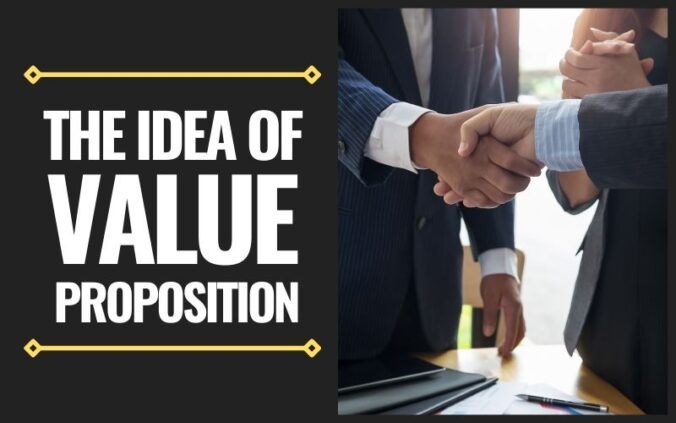People will buy products that solve their problems and/or make their life better.
That is for me the main idea on what’s an attractive value proposition and I could stop writing here. But as the basketball coach John Wooden said, “It’s the little details that are vital. Little things make big things happen.” Let’s see how the customers evaluate a value proposition, make their decisions, and why this isn’t easy for them.
What do customers see as valuable
The reason why people spend their hard earned money on something is to either solve a problem (move away from pain), or make their life better (move towards pleasure). These two motivations appear different, but most products can be seen both as problem-solvers and satisfaction providers. A soda can quench thirst (problem), or be a tasty drink (pleasure) and can do both, depending on what the customer is looking for. Some products are focused more on one side. A cheap bottle of water will solve the problem of being thirsty while on the go, and an expensive bottle of wine can provide pleasure due to its good taste and/or by making the host of a dinner appear successful. However, it is easy to see where any product or service would be on this Pain-Pleasure axis. We can easily visualize this concept easily on a graph:
In each area of a customer’s life, companies are competing to offer the best solutions to their problem, and ways to make aspects of their life more enjoyable. For example, we can picture several axes based on the different tiers of the Maslow pyramid of needs, and easily imagine all the companies competing within that space. That is another way to see a competitive space. We often think of industries, such as the automobile industry with mass produced cars like Ford or Honda, the luxury segment with Bentley or Jaguar… But these groups are also interesting and show that companies in different industries can compete with each other. For example, Jaguar is competing with companies like Rolex. What does a watch and a car have in common? They both make their owner appear successful to his peers and are competing in the “status improvement” space.
It is simple as that, a company’s value proposition is a combination of two main things:
(1) – What problems will the product solve OR in what way it will make the customers life easier. This is a benefit : “What’s in it for me?”
(2) – How the company will achieve that – Often a feature that proves how the benefit will be achieved.
For example, Uber solved several problems in the transportation industry. The ride-sharing service makes it easy and convenient for people to find a ride (1) by connecting them with divers via a well designed app (2). It makes it safer to travel (1) by allowing people to rate their driver and make their ratings publicly visible on the app (2). There is no bad surprise when it is time to pay (1) because users know in advance how much it will cost and can always pay via their credit card (2).
Customers have options : the idea of relative value
An attractive proposition is what makes or breaks business ideas. But what makes a value proposition attractive isn’t only the fact that it solves a problem or helps the customer. It also comes from its value relative to both competitors and substitute solutions. If your product provides lots of value to the customer, has no direct competition or substitute (like the cure for cancer), you have a golden goose and can charge a lot for your product. But most of the time, the customer is facing four choices:
1 – Buy your product if he decides that the value you provide is worth the price you are charging
2 – Buy from one of your competitors if their value proposition is superior and/or their price is lower
3 – Buy a substitute product if it helps solve the same problem at a more reasonable cost or in a better way
4 – Decide to not buy anything, and that what’s available on the market is not worth it at the time.
As explained in previous articles, pricing is another extremely important factor and some companies will compromise on the value offered to slash their prices compared to the competitors. As a result, customers are facing an abundance of options, at different price points, and a problem known as the paradox of choice. The paradox of choice is an idea that facing too many options will make the decision process stressful and difficult, rather than easier. Both emotional and rational driven purchases are impacted, and the more crowded the competitive space is, the more complex this decision will be for the customer.
Someone trying to travel across the city has multiple options:walking, driving, Uber, riding a back, taking the bus.. If they think Uber is the best solution, they also need to consider similar ride sharing companies like Lyft or Bolt. That is a lot of options but at the end of the day, the companies that are doing the best are those who either offer unique value that can’t be matched (Apple, Louis Vuitton), or decent value at unbeatable prices (Aldi, Ikea). In some industries, like the ride-sharing industries, only the champions are known. Everyone knows about Uber, most people know about Lyft, but very few people can name a 3rd company.
Conclusion
An attractive value proposition is needed for success, and boils down to solving a problem or making the customer’s life easier. However, there are other factors to consider, such as pricing, substitute products, and the uniqueness of that value proposition.

